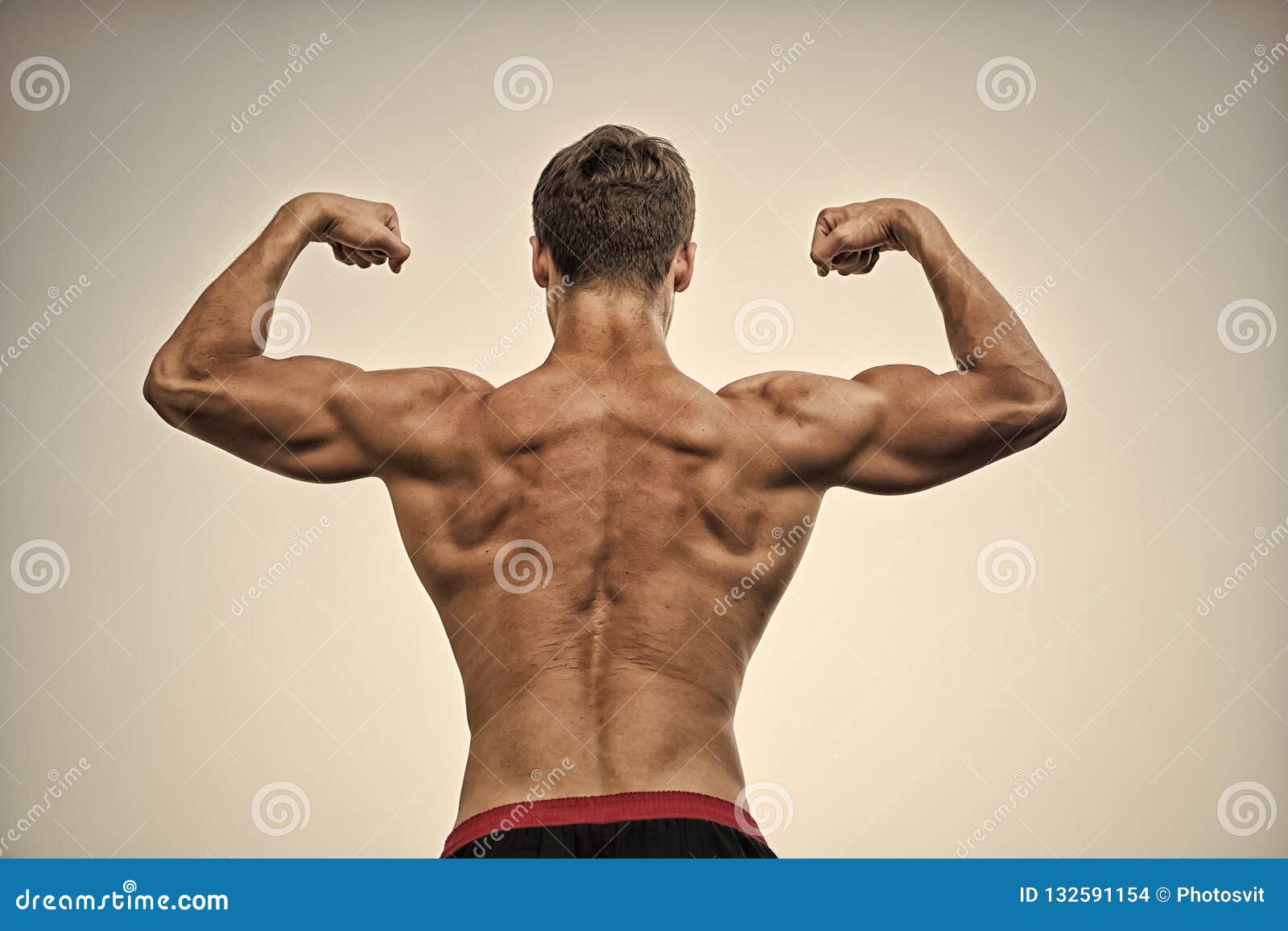
Two years later, the Newcastle clinic became the first and only national centre licensed to perform it, with the first cases approved in 2018. Progress with MDT led parliament to change the law in 2015 to permit the procedure. These can deteriorate relentlessly as an affected child grows. Mutations that damage the mitochondria tend to affect energy-hungry tissues most: the brain, heart, muscles, and liver. When functioning properly, the mitochondria provide vital energy for the cells that make up our organs. But dotted around each nucleus are thousands of mitochondria with their own genes. Most of a human’s 20,000 genes are coiled up in the nucleus of nearly every cell in the body. About one in 6,000 babies are affected by mitochondrial disorders. But others may inherit far more and develop severe, progressive and often fatal diseases. Some babies might be born healthy because they inherit only a tiny proportion of the mutated mitochondria. People inherit all their mitochondria from their mother, so harmful mutations in the “batteries” can affect all of the children a woman has.įor affected women, natural conception is often a gamble.

The work aimed to help women with mutated mitochondria to have babies without the risk of passing on genetic disorders.

Research on MDT, which is also known as mitochondrial replacement therapy (MRT), was pioneered in the UK by doctors at the Newcastle Fertility Centre. The process has led to the phrase “three-parent babies”, though more than 99.8% of the DNA in the babies comes from the mother and father.
#Xsection view of human torso plus#
Because the embryos combine sperm and egg from the biological parents with tiny battery-like structures called mitochondria from the donor’s egg, the resulting baby has DNA from the mother and father as usual, plus a small amount of genetic material – about 37 genes – from the donor.


 0 kommentar(er)
0 kommentar(er)
